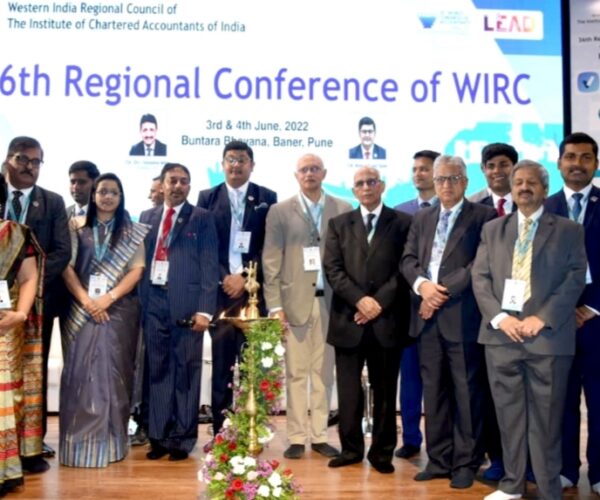By Suman Bajpai
Using art to simulate the diversity of relations between life forms, an international traveling exhibition is on in the national capital at Goethe-Institut / Max Mueller Bhavan from 3rd February to 9th February. It aims to bring to center stage the existential threat to our collective situation and the urgent need to develop new options for representation and action. This exhibition has been co-produced by the ZKM | Karlsruhe (Germany), and the Goethe-Institut / Max Mueller Bhavan Mumbai.
The exhibition is a traveling adaptation of ‘Critical Zones. Observatories for Earthly Politics,’ which was conceived and exhibited at ZKM | Center for Art and Media Karlsruhe (2020–2022). Based on a concept by Bruno Latour, a French philosopher, and Peter Weibel, an Austrian artist, curator, and new media theoretician, it was curated by Mira Hirtz and Daria Mille.
The New Delhi edition of the exhibition has been curated by Bettina Korintenberg, a cultural studies scholar whose curatorial practice focuses on interrogating digital and global media ecology and revising the history of ideas of Western-influenced modernity against the backdrop of current social and ecological transformations.
For a long time, the reactions of Earth to human actions have remained unnoticed and are now finally moving – not least due to recent international climate protests – into public consciousness. The exhibition invites visitors to engage with the critical situation of the Earth in a novel and diverse way and to explore new modes of coexistence between all forms of life.
To remedy the generally prevailing disorientation and dissension in society, politics, and ecology regarding the changing state of the planet, the exhibition sets up an imaginary cartography, considering the Earth as a network of ‘Critical Zones’.
The term ‘Critical Zone’ is taken from the geosciences and describes the fragile layer of the Earth, its surface, which is only a few kilometers thin and on which life is created. In addition to emphasizing the vulnerability of this thin layer, the term also sheds light on the numerous controversies that have triggered new political attitudes towards it.
Created by a wide variety of life forms over time, living organisms interact in these ‘Critical Zones’, but also earth, rock, water, and air. Those life forms had completely transformed the original geology of the Earth before humanity transformed it yet again over the last centuries.
The exhibition creates a landscape that makes the public understand the characteristics of the so-called ‘New Climatic Regime’, a term coined by Bruno Latour to describe the global situation affecting all living things. Not being limited to ecological crises, the term also includes questions of politics and cultural history, as well as ethical and epistemological changes of perspective.
‘Critical Zones’ is characterized by an extensive collaboration of artists, designers, scientists, and activists as well as the Critical Zones Study Group at the University of Arts and Design Karlsruhe. Art, with all its imaginative, speculative, and aesthetic power, takes up the important challenge of developing new forms of representation and options for action in an overall situation that has not yet been clarified.
Mangroves grow primarily in tropical and subtropical coastal areas, offering a diverse habitat for many organisms and a shielding ecosystem that serves as a barrier between water and land. This ecosystem has also become a site of destruction, scientific research, and indigenous knowledge, all of which are suggested in the title of Sonia Mehra Chawla’s ongoing work Critical Membrane.
Rohini Devasher’s interest in hybrids and monstrous chimeras, as well as spontaneous mutations, becomes manifest in her subtle interventions into the images: turning flower heads into bee-like shapes and bringing leaves into proximity with butterflies, she merges plant and animal flesh in an act of uncanny mimicry Living in Gaia means also recognizing relationships of interdependency and mutual entanglements between different species and organisms that question ordinary scientific classification and taxonomy.

